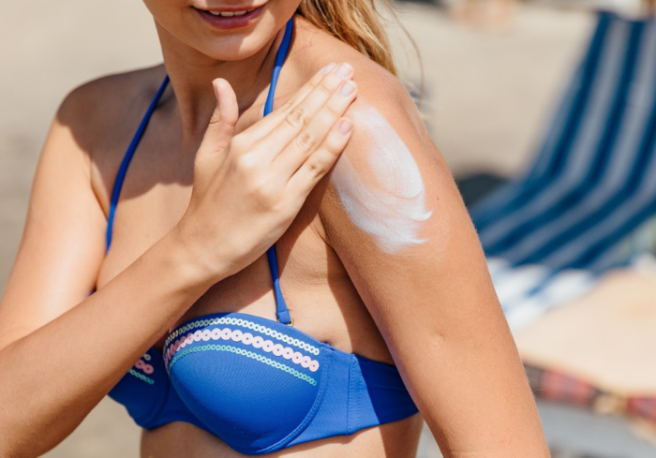
How to enjoy the sun safely this Skin Cancer Awareness Month
May is a wonderful time of the year — the sun is beginning to shine more often, the leaves are growing back on the trees at a rapid pace, the days feel long and bright, with the hot summer months mere weeks away.
However, May is also known as Skin Cancer Awareness Month, a very poignant time of the year.
There are many signs and symptoms to watch out for when it comes to skin cancer, including:
-
A mole that changes size, colour or feel.
-
A flat lesion with a scaly, crusted surface.
-
The appearance of a large brownish spot with darker speckles.
-
A painful lesion that itches or burns.
-
A small lesion with an irregular border and portions that appear red, pink, white, blue or blue-black.
-
Red or purple patches on the skin.
-
Firm, shiny nodules that occur on or just beneath the skin and in hair follicles.
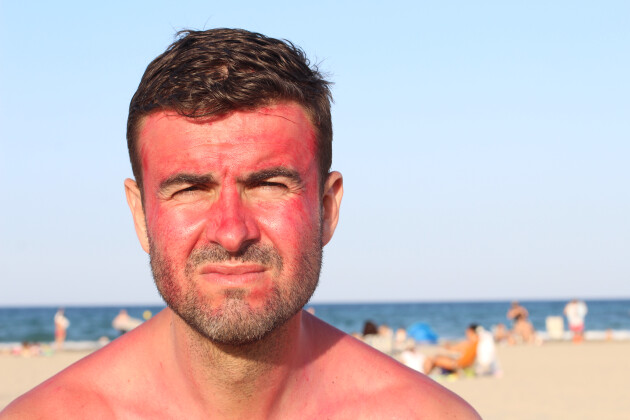
Early detection of skin cancer is vital. In the case of melanoma skin cancer, spotting it early can save your life. If spotted early, up to 90% of cases are curable.
As summer fast approaches, protecting our skin from the sun and those UV rays has never been more important, especially considering the staggering rate of skin cancer in Ireland. Over 75% of the Irish population have the ‘Celtic skin type’, meaning we freckle and burn uncommonly easily as we’re directly exposing our weak, unprepared, and already vulnerable Irish skin to powerful UV radiation.
Despite the vast amount of education and information available to us on the perils of sun damage, Skin Cancer is the number one most diagnosed cancer in Ireland. There are an estimated 12,919 average annual diagnoses.
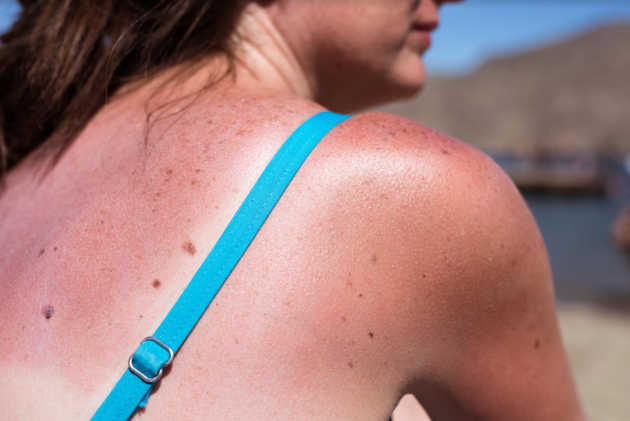
One of the most prevalent misconceptions we have regarding our skin is tanning. While we no longer slather ourselves in baby oil and have wholeheartedly embraced fake tan in this country, the number of skin cancer diagnoses is continuously rising.
Many Irish people do not take necessary precautions while out in the sun, hoping to achieve a “healthy” summer glow. The simple fact is that if you fail to protect your skin from UV radiation, you are putting yourself at risk.
If you allow your skin to become red and burn, this risk dramatically increases as one sunburn every 2 years triples your risk of melanoma.
To help keep us protected from the sun all summer long, skincare and beauty guru Eavanna Breen has drafted her top 5 tips:
Step 1: Seek some shade
“Spending time in the shade is the most effective thing you can do to avoid being in the sun too long. Good shade can give up to 75% protection from UV rays. If you are someone who sits at a window all day or drives a lot in the course of your day, you need to use clothes and sunscreen to protect your skin. That window is not protecting you.”
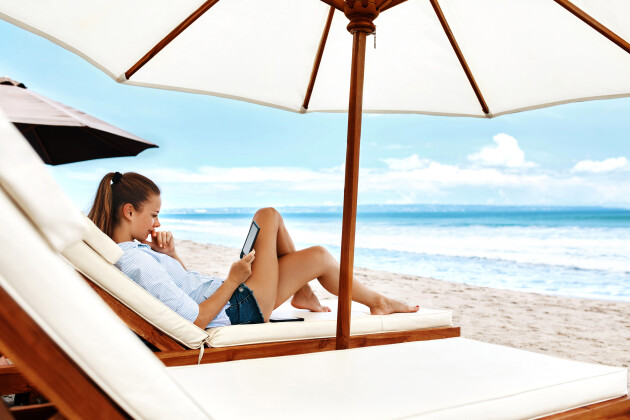
Step 2: Be clothes conscious
“One of the simplest things you can do to protect your skin from UV rays is to cover it with clothes. Choose clothes that cover as much skin as possible. For example, wear a shirt with a collar, three-quarter length sleeves and a maxi skirt. Some fabrics give better UV protection than others.”
Below are Eavanna’s top picks for clothing that offer better sun protection:
Linen, cotton, and hemp let fewer UV rays through.
Dark clothes block more UV rays than light coloured clothes.
UPF* clothes block UV rays from passing through.
When choosing sun-safe fashion, Eavanna suggests you avoid:
Stretched fabrics as they let more UV rays through to the skin.
Wet fabrics let more UV rays through to the skin.
Old threadbare fabrics let more UV rays through to the skin.
Step 3. Embrace the hat
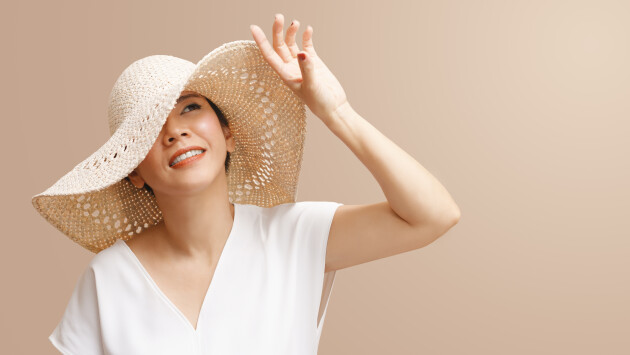
“Ensure the hat gives shade to the face, neck, head, and ears. A baseball hat is not ideal as it does not provide enough shade. Good examples are a broad-brimmed, bucket, or legionnaire style hat. Wearing sunglasses will also help to protect your eyes.”
Step 4. Wear Sunscreen
“It is essential to wear SPF daily, even when cloudy. The damaging UV rays can still penetrate the clouds and age the skin, so although the sun does not feel hot or look like it is changing colour, it affects the skin. The sun’s UV rays penetrate the skin and reinforce old damage that might have happened years previously, even as a child. The skin remembers that damage and is constantly weakened by the regular exposure to UV rays. It is a common misconception that darker skin types shouldn't be concerned; everyone is at risk, even darker skin types. Although lighter skin will be that bit more at risk of developing cancer.”
“There are only two occasions when you do not need to wear sunscreen:
1. Early in the day for no more than 15-20 mins to allow for vitamin D production. You don't need to spend hours in the sun to produce enough vitamin D. Extra time outdoors doesn't equal more vitamin D, but it does increase skin cancer risk.
2. When it's dark outside.”
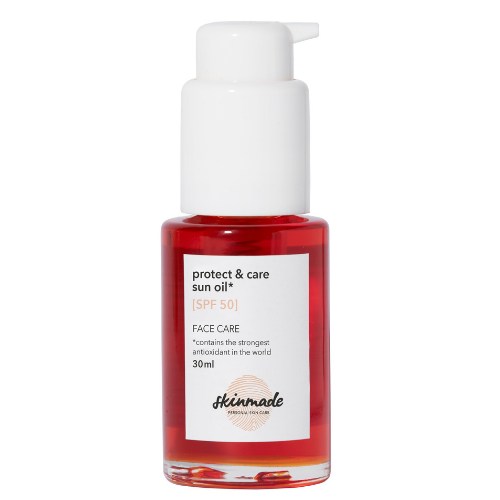
“The best face sun protection product I have ever come across in my long career is the Protect & Care Sun Oil by applied science led, German skincare brand Skinmade. One little drop of this in the morning and you’re protected for 8 hours. The SPF 50 light oil provides long lasting UVA and UVB protection. It is all packed full of the world’s strongest antioxidant, so not only is it providing complete protection, but it is also doing wonders for your skin.”
Step 5: Know the UV index
“When the UV Index is three or more, you are at greater risk of skin damage leading to skin cancer. Get into the habit of checking the UV Index as a reminder of the need to be SunSmart every day.”





